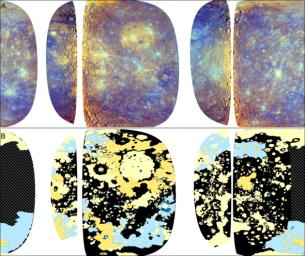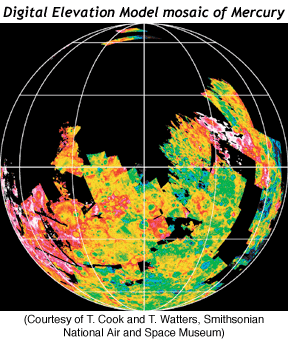Veterok
New member
- Joined
- Oct 25, 2011
- Messages
- 65
- Reaction score
- 0
- Points
- 0
The D3D11 client is approaching support for normal mapped planetary textures, 3D terrain, and vegetation.
I would like to put together a big bittorrent o' visual upgrades.
To start with, I'm going to be converting Celestia textures for use with Orbiter. I'll be attributing the authors and getting their permission if I can contact them.
Besides the obvious need for planet wide normal maps, we also need diffuse textures with few or no shadows, and height maps for 3D terrain.
As a first step, I've applied my embarrassingly poor coding skills to create a tool to import Celestia virtual textures into Orbiter. I'll post it once I can get it to handle 64K bitmaps without running out of RAM.
Is there a version of pltex that takes command line arguments? That would make this much easier.

I would like to put together a big bittorrent o' visual upgrades.
To start with, I'm going to be converting Celestia textures for use with Orbiter. I'll be attributing the authors and getting their permission if I can contact them.
Besides the obvious need for planet wide normal maps, we also need diffuse textures with few or no shadows, and height maps for 3D terrain.
As a first step, I've applied my embarrassingly poor coding skills to create a tool to import Celestia virtual textures into Orbiter. I'll post it once I can get it to handle 64K bitmaps without running out of RAM.
Is there a version of pltex that takes command line arguments? That would make this much easier.






